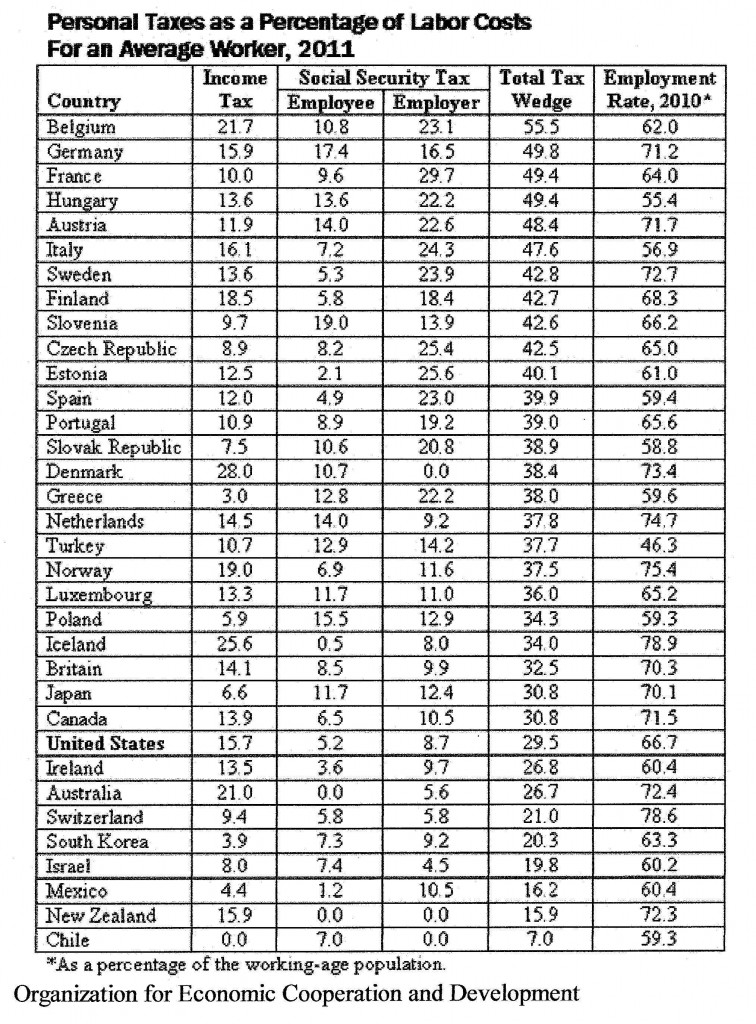A recent piece in the New York Times, “Capitalists and Other Psychopaths”, achieves lift-off from: “4% of a sample of corporate managers met a clinical threshold for being labeled psychopaths, compared with 1% for the overall population”. Buried in this horse-shit are a pony the author points to and a horse he overlooks.
The horse-shit: An earlier version of the piece said 10% of people who work on Wall Street are clinical psychopaths. It also failed to note the study’s disclaimer that the sample, 203 corporate professionals, was not representative. The writer had a conclusion and failed to respect the data. The sample is both not representative and too small – 1% of 203 is only two people. What he wanted to say is the statistics are unsurprising because “Wall Street is capitalism in its purest form, and capitalism is predicated on bad behavior”. He offers a jumble of factual examples – accounting frauds, environmental damage and so on – that also fail to support his conclusion. Frauds are crimes. Crimes are not unique to capitalism but occur in every part of every society. Environmental damages are market externalities (e.g. pollution costs the public not the polluter so it must be regulated). Capitalism, like every other system, does not resolve every issue for any society.
The pony: The writer’s anger about “so-called job creators who deserve our gratitude not our envy” leads him to some very important points for tax policy:
- Entrepreneurs use wealth to create jobs for workers, workers use labor to create wealth for entrepreneurs
- Neither party aims to benefit the other but both do gain from the exchange
- Most of the rich are not entrepreneurs. They are executives of established corporations or people who inherited money
The horse: It may not be 1% but psychopaths are plentiful at every level of society. This writer is angered by rich ones, others by poor ones. This writer admires moms who single-handedly support themselves and raise good kids. Others focus on successful entrepreneurs who become philanthropists or those born with nothing who never take a handout. We see demons, “Fatcat CEOs”, “Welfare Queens” and such, and heroes, “Job-creating Investors”, “Fingers-Worked-To-The-Bone Grandparents” and so on. Demons and heroes do manifest reality, that’s why they have power, but all they do is point out aspects of reality. Our job is not to hate or worship them. We must get past the entertainment they provide and take the indicated actions.
It really doesn’t matter if 4% or some other percentage of the 1% who have most of the wealth in our society are psychopaths, or if 1% or some other percentage of the other 99% are psychopaths. Every society always has been sprinkled with psychopaths. Cultures throughout the world and from the dawn of history have depended on an ethic of reciprocity expressed as a Golden Rule, “treat others as you would like to be treated” and Silver Rule, “do not treat others in ways you would not like to be treated”. Behavior according to those rules is self-reinforcing. It works automatically in all people blessed with empathy. But societies must legislate and enforce the Silver Rule because it does not work for psychopaths who by definition lack empathy.
In the same way, while Adam Smith’s great insight that free markets work automatically means the “invisible hand” should be allowed to work its magic, regulation is necessary for market externalities and those regulations must be enforced.


